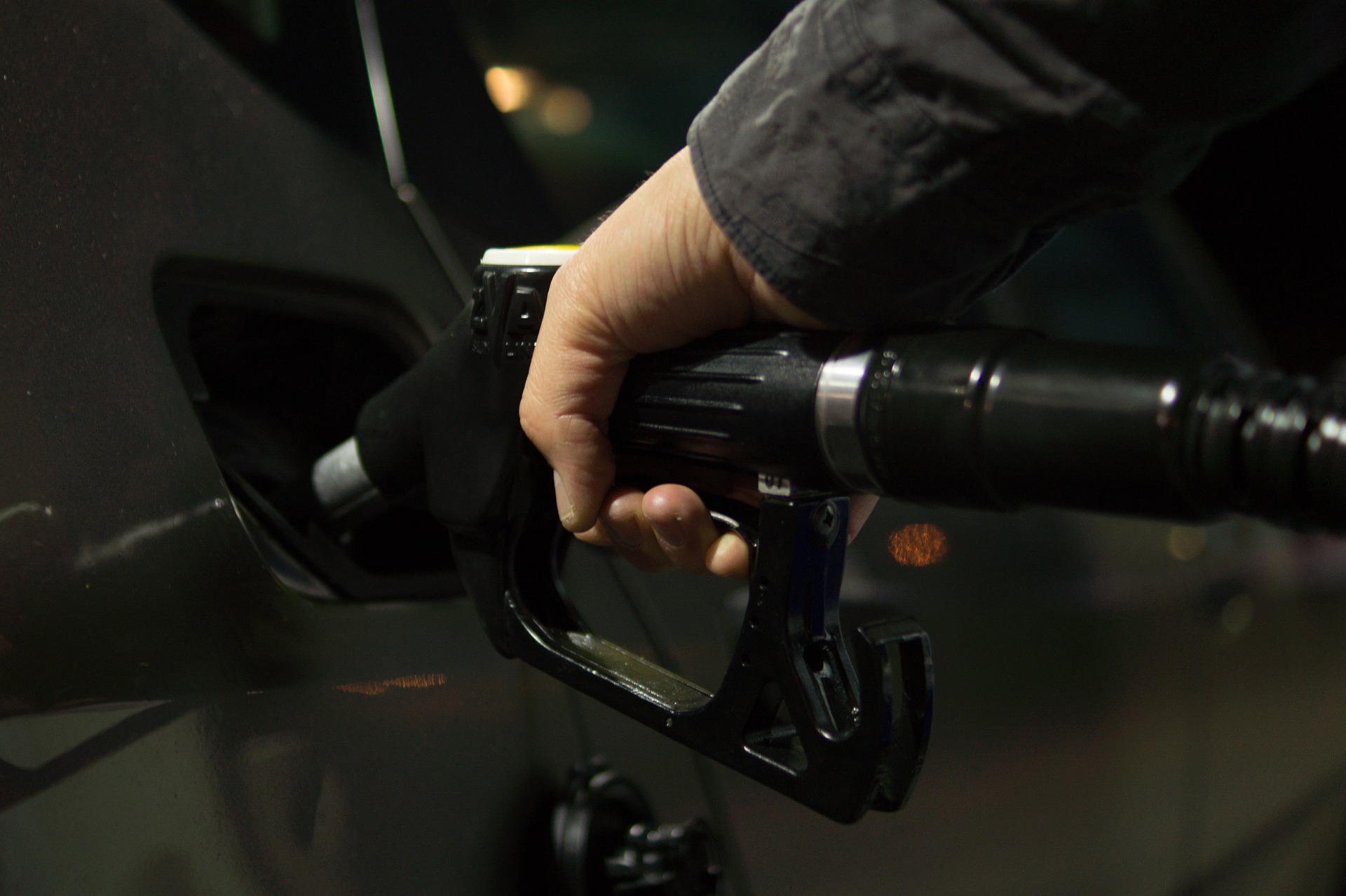The oil boom began in the United States in 1859 in Pennsylvania. The first wells were dug to refine crude oil into kerosene for lamps. Other products like gasoline and diesel were created during the distilling process. But, there was no use for them until 1892 when the automobile was invented.
Eventually, these products became the primary resources derived from crude oil, leading to a huge boom in Texas, Oklahoma, and California. By 1920, there were nine million gasoline-powered automobiles and hundreds of service stations all over the country. Now, gas powers the vast majority of light-duty vehicles in the United States.
In 2005, gasoline was changed again when Congress enacted the Renewable Fuel Standard. This required refiners to add renewable energy (ethanol) into motor fuel. As of 2017, about 14 billion gallons of ethanol were used in the United States. In the majority of states, ethanol comprises 10 percent of retail gasoline.
The history of leaded and unleaded gas
By the 1950s, cars began to increase in size and use. This created an increase in octane and fuel companies began adding lead to improve engine performance. However, research in the 1960s and 1970s connected lead to many now well-known neurological problems, resulting in its phase out into the 1980s. This is where the term “unleaded gas” became the new standard. As of 1996, all gas is unleaded in the United States and most of the world.
The issue with lead
As briefly covered above, gas once included lead, which was a known toxic chemical as early as the late 1800s and early 1900s. Children who ate paint chips with lead would develop neurological problems, fall into comas, and develop other serious conditions. So, when lead was added to gasoline in 1922, it immediately drew scrutiny for public health concerns. By the 1930s, industrialists fought back against the negative coverage. They implied that the children who became sick from lead were unhealthy at birth and any issues were unrelated.
By 1965, researchers found that Americans had 100 times the naturally occurring amount of lead in their bloodstream. They also countered the industry narrative that lead is natural and occurs in the air by examining ice core samples in Greenland. These samples definitively established that there was more lead in modern air samples than in more ancient core samples.
In 1970, President Nixon signed the Clean Air Act and formed the Environmental Protection Agency to enforce the law. The EPA was tasked with reducing a broad range of chemicals including nitrogen oxides and chlorofluorocarbons. In 1971, President Nixon banned lead paint in any housing development funded with federal dollars and all lead paint was outlawed by 1974. In the 1980s, Congress and the EPA began examining the feasibility of banning lead in gas. This resulted in a partial ban by 1985 and a complete ban by 1996.
What came after the leaded gasoline ban?
These efforts were rewarded when a study in 2002 found that lead levels in children had dropped by 80 percent from 1976 to 1999 in the United States. Also, children with less lead in their blood had higher IQs and greater economic productivity. In 2008, the EPA reduced the acceptable amount of lead again to 0.15 parts per million. This is about 10 times less than the amount allowed in the 1970s.
Where to find high-quality unleaded gas and other bulk fuels
If you are looking for bulk fuel, including unleaded gas, heating fuels, and diesel, contact Kendrick Oil Company today. We offer a variety of high-quality Products and Services to customers throughout Texas, New Mexico, Oklahoma, Kansas, Colorado, and Louisiana. You can reach us at (800) 299-3991 or Send Us an Email to learn more.

